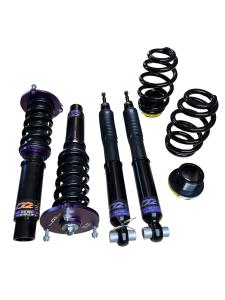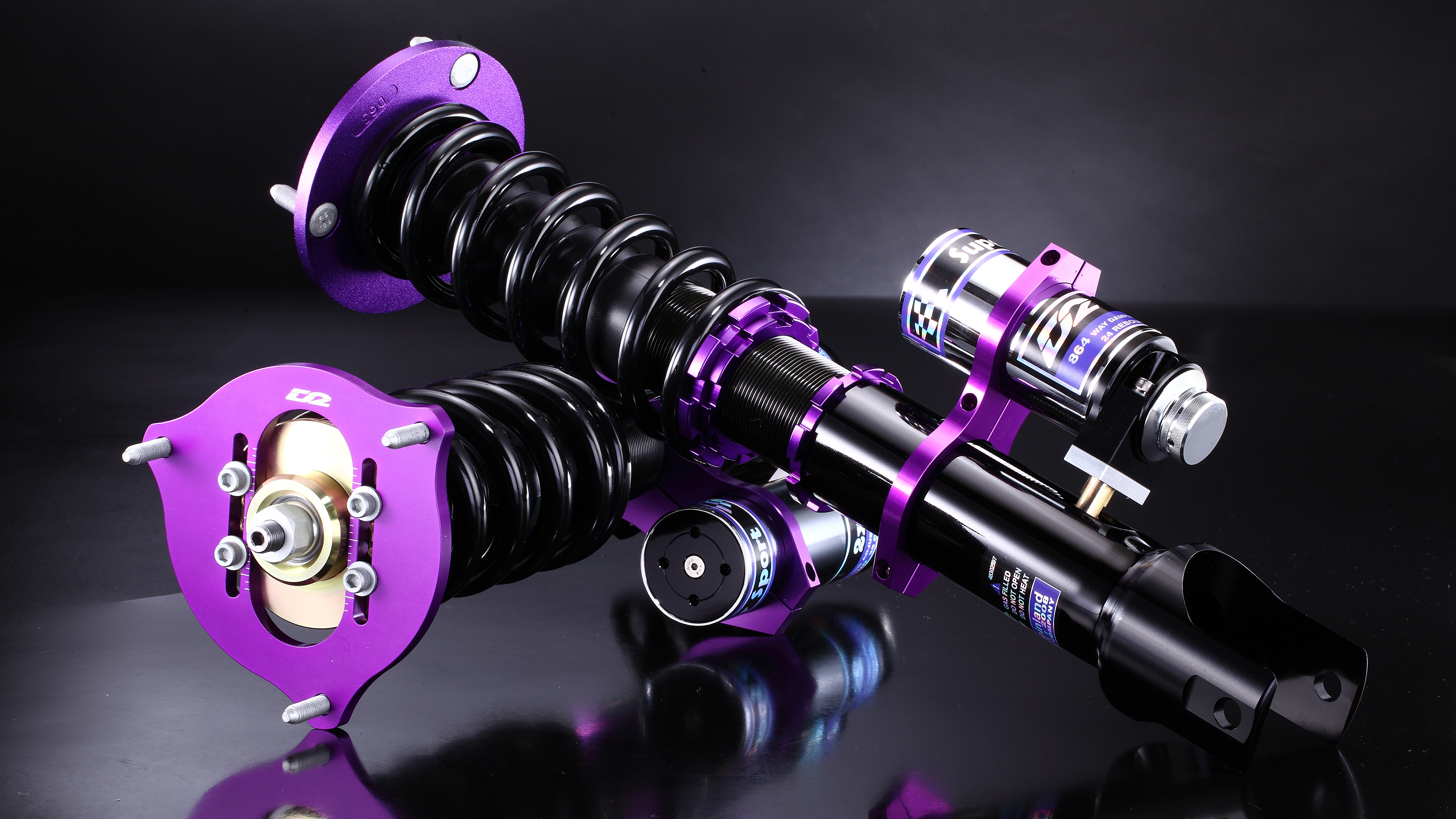How to Choose the Right Coilovers for Your Vehicle
How to Choose the Right Coilovers for Your Vehicle
Blog Article
Adding Coilovers on your car can dramatically improve the drive quality, managing, and overall performance of one's vehicle. If you're seeking to boost your operating experience, that guide will go you through the steps to set up coilovers correctly while ensuring security and functionality.
What Are Coilovers?
Coilovers are a variety of a coil spring and surprise absorber, located together as one component. They let vehicle fans to modify the journey level, stiffness, and damping of their vehicle, creating them a favorite modification for equally street and monitor use. Before beginning the installment, ensure you have chosen the correct coilovers designed to your vehicle produce and model.

Resources You'll Need
Prior to starting, collect the necessary resources to make the method successful and secure:
Jack and port stands
Torque wrench
Socket collection
Spring converters (if needed)
WD-40 or a corrosion penetrant
Plastic mallets and tools
Double-check your vehicle's specifications and make sure you've everything expected to complete the job.
Step-by-Step Guide to Adding Coilovers
1. Prepare Your Vehicle
Begin by parking your car or truck on a flat, stable surface. Interact the parking brake and guarantee the jack stands are securely set up to prevent accidents all through installation. Lift the automobile utilizing a hydraulic jack and eliminate the wheels at all corners.
2. Eliminate the Previous Suspension
Making use of your outlet set, discover the screws holding your current bumps, struts, and rises in place. Apply rust penetrant if bolts seem hard to loosen. After the products are removed, you should be able to remove the suspension components carefully. Hold elements prepared in the event you require to check straight back for reference.
3. Mount the Coilovers
Arrange the growing items of the coilovers with the brackets in your car. Secure them set up utilizing the products given by the manufacturer. Make sure to follow the torque requirements that are included with the recommendations; over-tightening or causing screws loose could compromise safety.
4. Modify Level and Preload
Most coilovers provide adjustment rings setting trip level and preload. Utilising the presented methods, change the options to your ideal measurement, ensuring enough approval for driveability without compromising performance.
5. Always check All Screws and Connections
Before concluding up, review every bolt and relationship to make sure they're secure. A loose bolt throughout function can cause substantial problems on the road.
6. Reinstall Wheels and Check Travel
Once the coilovers are mounted, place the wheels back on and decrease the car. Take the vehicle for a short test get to familiarize yourself with the newest setup. Listen for any unusual sounds and recheck bolts following the drive.

Fine-Tuning for Optimum Efficiency
The sweetness of coilovers is their adjustability. After installment, spend time fine-tuning the rigidity, damping, and experience level to accommodate your requirements, whether you prioritize track-level performance or a relaxed everyday drive.
Adding coilovers on your vehicle is a satisfying project that elevates both look and performance. With this specific manual, you are able to confidently handle the method and appreciate remarkable managing on every drive. Recall, protection always comes first, so invest some time, double-check every stage, and do not hesitate to consult a specialist if needed. Pleased operating!
Report this page